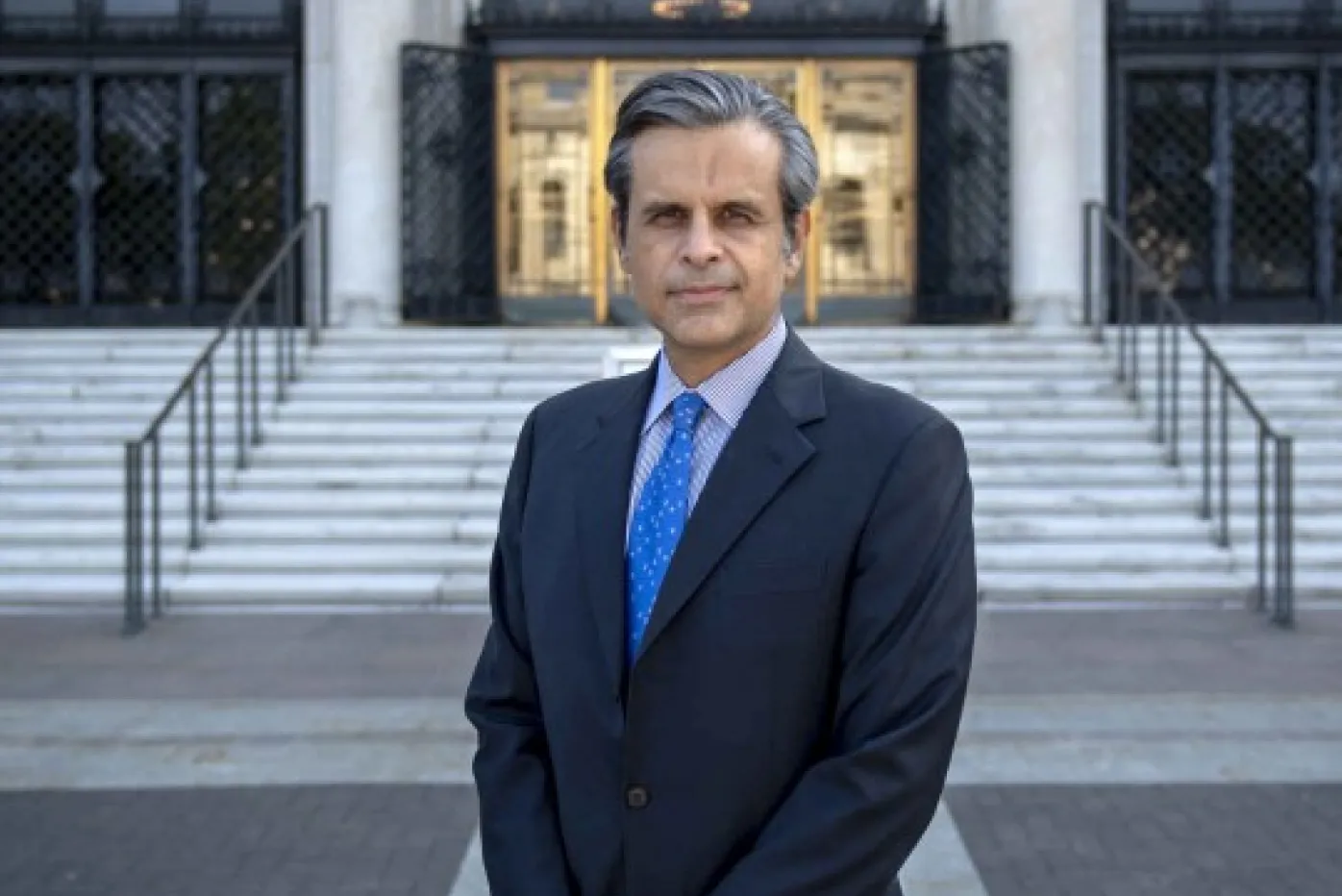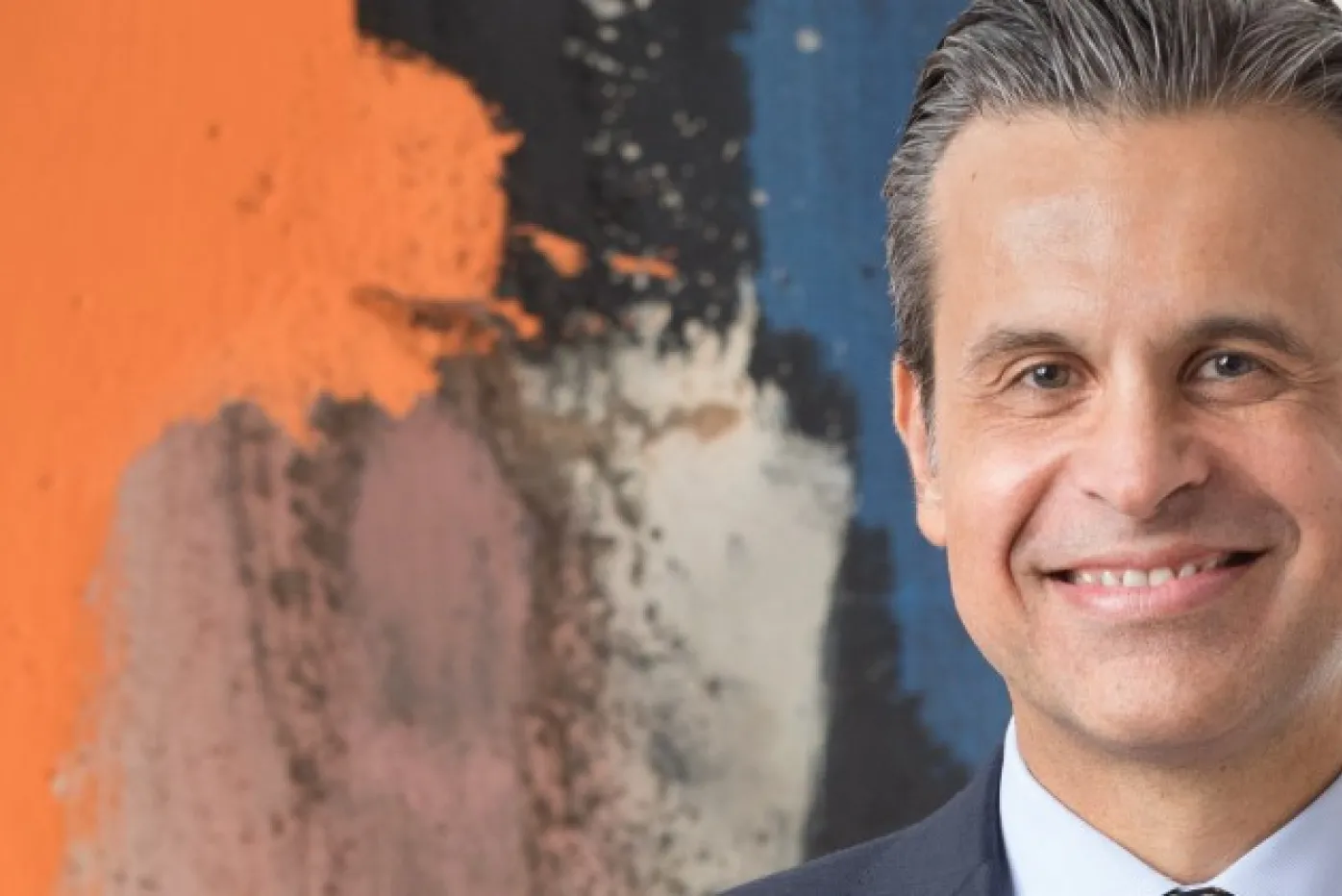From the Director, June 2017
Updated Jul 20, 2022
Immigrant Heritage Month
June is immigrant heritage month and a good time to remember our roots and origins. Many of us are immigrants in some way or another as we or our ancestors may have traveled from one place to another during changes in history.
In my family's case, the Salorts moved in the 1600s from the island of Menorca in the Mediterranean Sea to the city of Oliva on Spain's mainland. For centuries, the Salorts lived in Oliva and many of them still do. In 1920, my late grandfather, whose name was also Salvador Salort Pons, came to America as an immigrant at the age of sixteen. It is thrilling to find his name in the Ellis Island records and to learn that he traveled on a ship named Leopoldina, which had departed from the French harbor of Le Havre. He arrived in the company of others from Oliva, and they were directed to Bridgeport, Connecticut. I marvel at the courage of these teenagers who came to America to find a better place to live and work, without speaking a word of English at a time when phones, the internet, or other modern communication means did not exist.
Because of his young age, my grandfather worked as a water boy in the construction of a highway. Later he moved to New York and helped produce vinyl records for RCA. Whatever he did, he took advantage of the opportunities America provided and eventually traveled back to Oliva, where he and his siblings founded a company that exported oranges all over Europe. During my childhood, I would ask him to say words in English or to count to ten. He did it proudly. Some of my memories with him are certainly my first awareness of the United States, the country where I now live, work, and raise my family.
Coming to America as an immigrant and immersing myself in its diverse, social backgrounds has helped me better understand life. It is an eye-opening experience to observe the variety of cultures that populate our own region and how they represent the accumulated knowledge of many countries from around the world. Protecting and enhancing this cultural diversity fosters an intangible wealth and a true engine for America's success. One can experience this diversity and success first hand throughout the galleries at the DIA where our encyclopedic art collection embodies the creativity of many communities in the region and the world. Furthermore, it illustrates the generosity of many immigrants who came to America and wanted to give back to the society in which they flourished.
I have lived in America for more than thirteen years and plan to stay here. I feel American in many ways and, if everything works out well, I will soon become a U.S. citizen. I am grateful to this country for the opportunities I have received and to the extraordinary diverse groups of people I have encountered, who have taught me so much over these years. Now I have the honor to give back and serve the community.
Immigrant Heritage Month
June is immigrant heritage month and a good time to remember our roots and origins. Many of us are immigrants in some way or another as we or our ancestors may have traveled from one place to another during changes in history.
In my family's case, the Salorts moved in the 1600s from the island of Menorca in the Mediterranean Sea to the city of Oliva on Spain's mainland. For centuries, the Salorts lived in Oliva and many of them still do. In 1920, my late grandfather, whose name was also Salvador Salort Pons, came to America as an immigrant at the age of sixteen. It is thrilling to find his name in the Ellis Island records and to learn that he traveled on a ship named Leopoldina, which had departed from the French harbor of Le Havre. He arrived in the company of others from Oliva, and they were directed to Bridgeport, Connecticut. I marvel at the courage of these teenagers who came to America to find a better place to live and work, without speaking a word of English at a time when phones, the internet, or other modern communication means did not exist.
Because of his young age, my grandfather worked as a water boy in the construction of a highway. Later he moved to New York and helped produce vinyl records for RCA. Whatever he did, he took advantage of the opportunities America provided and eventually traveled back to Oliva, where he and his siblings founded a company that exported oranges all over Europe. During my childhood, I would ask him to say words in English or to count to ten. He did it proudly. Some of my memories with him are certainly my first awareness of the United States, the country where I now live, work, and raise my family.
Coming to America as an immigrant and immersing myself in its diverse, social backgrounds has helped me better understand life. It is an eye-opening experience to observe the variety of cultures that populate our own region and how they represent the accumulated knowledge of many countries from around the world. Protecting and enhancing this cultural diversity fosters an intangible wealth and a true engine for America's success. One can experience this diversity and success first hand throughout the galleries at the DIA where our encyclopedic art collection embodies the creativity of many communities in the region and the world. Furthermore, it illustrates the generosity of many immigrants who came to America and wanted to give back to the society in which they flourished.
I have lived in America for more than thirteen years and plan to stay here. I feel American in many ways and, if everything works out well, I will soon become a U.S. citizen. I am grateful to this country for the opportunities I have received and to the extraordinary diverse groups of people I have encountered, who have taught me so much over these years. Now I have the honor to give back and serve the community.


